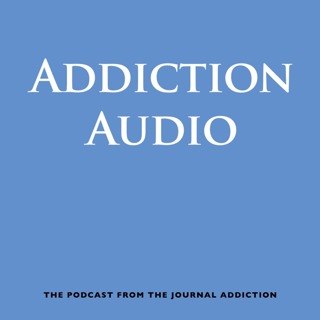Jaksokuvaus
Dr Perski explains the evolution of Ecological Momentry Assessment (EMA) studies and how they have been used to collect granular data relating to everyday experiences. Olga's latest review focuses on EMA studies and smoking, looking at lapse and relapse. She talks about how EMA can be used to test and develop models and theories of addiction in ways that cross-sectional studies cannot. She also covers how you can use EMA to capture fluctuating and dynamic changes among people who use drugs."If we go back to thinking about more traditional survey based studies which would measure these constructs weeks apart - knowing that lapses can happen very rapidly in response to very rapidly increased cravings or a cue in the environment. For example, in a bar or restaurant where someone would pick up a cigarette that can very rapidly lead to a lapse. I think that helps emphasis the point that Ecological Momentary Assessment and maybe also sensor data is required in order to pick up these very very rapid fluctuations."Olga then talks about developing an appraisal tool for assessing the quality of EMA studies, which involves looking at reporting guidelines. She then talks about how and why open science principles can be applied to EMA studies.Original article: Within-person associations between psychological and contextual factors and lapse incidence in smokers attempting to quit: A systematic review and meta-analysis of Ecological Momentary Assessment studies by Olga Perski and Colleagues. Published in Addiction (2023) Hosted on Acast. See acast.com/privacy for more information.
